#Platanthera ciliaris
Explore tagged Tumblr posts
Photo

Check out the fiery beauty of Platanthera ciliaris, a vibrant native orchid adding a splash of color to the green wilds. Isn't nature's own artwork just stunning?
#Platanthera ciliaris#orchids#nature#wildflowers#native plants#vibrant colors#fiery beauty#green wilds#floral photography#nature's artwork#stunning#biodiversity#conservation#orchid lovers#botanical wonders
2 notes
·
View notes
Text

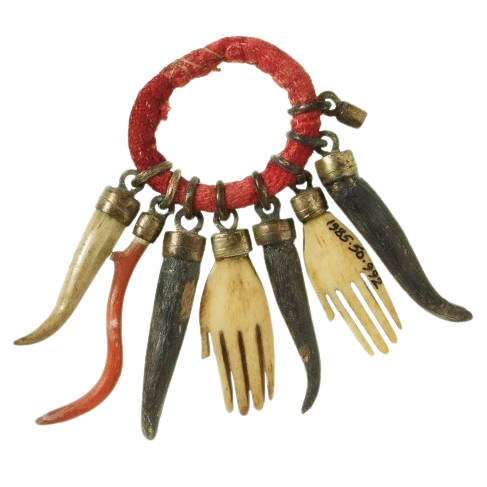
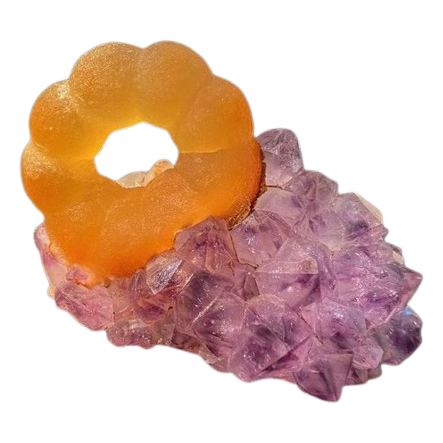

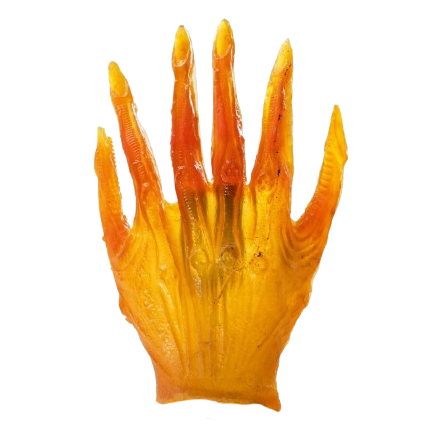
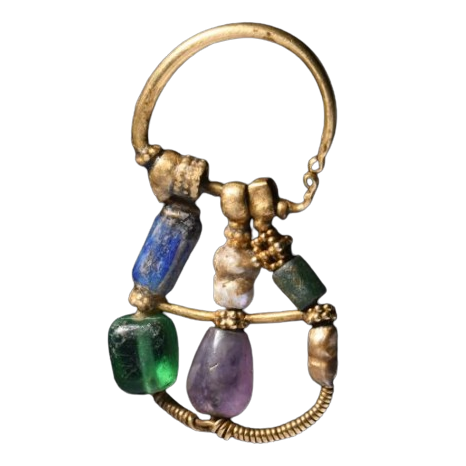



Random PNGs, part 193.
(1. Red Sun by Alexander Calder (1970), 2. Bone & coral charms from the Pitt Rivers Museum, 3. Botryoidal fluorite on amethyst, 4. Charm bracelet by Miriam Haskell, 5. Alien Hand by H. R. Giger (1979), 6. Greek gold earring with gemstones (5th-3rd c. BC), 7. Platanthera ciliaris, 8. Beaded necklace by Miriam Haskell, 9. ???)
#png#pngs#transparent#transparents#moodboard#artboard#imageboard#collage#collages#mixed media#sticker#stickers#jewellery#193
1K notes
·
View notes
Text









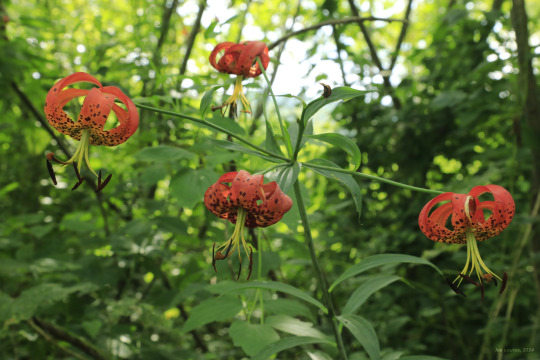










Yet more gifts of Appalachian summer.
I've been on a mission to catalogue as many of Central Appalachia's summer wildflowers and berries as possible for an online project I'm starting up. Above is the haul from yesterday, including the stunning orange-fringed orchid (Platanthera ciliaris), a grand summer orchid of Appalachia's wet seeps and meadows. Downy rattlesnake plantain (Goodyera pubescens), another of our summer-blooming orchids, may not be quite as showy, but its intricately-patterned leaves are quite striking. Turk's-cap lily (Lilium superbum) is also in bloom in our local wet meadows and swamps. It's distinguished from its close cousin Canada lily by more strongly recurved petals and a green, star-like pattern in the center of its flowers. A single Turk's cap lily can produce dozens of flowers from its rangy stems. At home in moist woodland edges and streambanks, summer phlox (Phlox paniculata), sometimes also referred to as fall phlox and garden phlox, produces loads of gorgeous pink or white flowers from mid-July through September. Because this phlox is commonly planted in gardens nowadays, it's hard to know if plants in the wild are true natives or escapees.
#appalachia#vandalia#west virginia#wildflowers#flora#summer#berries#deerberry#black chokeberry#arrowwood viburnum#joe pye weed#summer phlox#fall phlox#garden phlox#turk's-cap lily#hoary skullcap#shrubby st. john's wort#downy rattlesnake plantain#orange-fringed orchid#black eyed susan#spider#arachnid#northern crab spider#fairfax pond-rehe wildlife management area#deckers creek trail#snake hill wildlife management area#cheat river canyon
97 notes
·
View notes
Text

Orange Fringed Orchid Platanthera ciliaris Red River Gorge, KY 21 July 2021
#orange fringed orchid#wildflower#platanthera ciliaris#imiging#original photographers#photographers on tumblr#nature photography
45 notes
·
View notes
Photo



HD is a piece of land, in Rock Castle co, KY, claimed and protected by Nature Conservancy. As I mentioned yesterday in the cranefly post, this plot of land is extremely interesting and has a developed both acidic and alkaline characteristics seasonally due to vernal flooding and differing levels of hydrology through out the year, leading to bog and fen plant diversity occurring. Species tolerance to acidity and alkalinity make this place fascinating as well as some of the stories behind a few species found in the area being tracked into the county by different methods in the pioneer days of the state. The foothill top it’s located on sits at high elevations and has a very wide and flat plateau gradient before it terminates to a cliff line, who’s drops are relatively shallow compared to that found in Red River Gorge. The cap it’s self is a sandstone cap followed by a bed of clay shale and finally sandy shale making it’s depositional layers look strange when your driving to the site and see a hillside cut on the highway.
Rock Castle County has insane stratification seen throughout the county though and its just one reason why this location exists. Three counties lie on the eastern portion of south central Kentucky and along the western portion of the Cumberland Plateau that display mixed karst features and also sandstone features and this is one of those counties. The bedrock below this sandy shale in this location is the classic cave forming limestone that Kentucky is known for. Specifically for this area, the Newman Limestone is the unit that overlies the Borden Formation. This Newman can be classified by bedding in three major layers with different softness: St. Louis, Ste. Genevieve and the Upper Member. The Ste. Genevieve. The Upper members of the Newman, being the softest and easiest to weather, are responsible for depression collapses, tallus vent valleys, and are the major cave forming rocks. Different arc shifts have lead to hydro-logically active components of the layer underlying these Limestone layers, the Borden dolomite formation. Although the St. Louis is less penetrable then the other overlying layers of limestone we do see some cave formation and penetration which is theorized to have lead to part of the creation of this barren. In the arc formation we see water percolating through tiny fissures in the Dolomite layer eventually getting to the limestone and gypsum( a hydrate with low moh hardness that you can scratch with your finger nail*super easily weathered*) that filled and eventually made it’s way to the Lower Pennsylvanian rock from the Mississippian rock. Decent cave formation with drainage leads to caverns, if a cave collapses then the above formations may also dip forming a sink hole, some times these dips are minuscule and are only noticed when sand stones become involved. This foot hill displays Pennington shale which overly a strange bit of sandstone belonging to Lower Pennsylvanian Lee Formation which cuts down through the Pennington and Newman which displays strange bedding. Instead of hitting the usual conglomerate layer we deal with another sandstone layer after this cut through. This Lee formation is one of the paleo river channels which forms the sandstone cliffs we all know and love in the area. Got to love alluvial penetration. With this we start to see why the depression in the middle of the woods has formed and why the displaced boundary is pushed to the side, to form the “rim” of the Highland Rim, while the rest of the barren sunk down and was exposed to seasonal hydro logical swelling and vernal flooding. Since limestone and dolostone are carbonates we see more alkalinity overall in the year although from this hydro logical inundation. However, the overlying layers material is acidic enough in the summer seasons to have access to more acidophiles that can favor more ericacean/ericaceous soil conditions.
This year dropped us a suprise with more Platanthera lacera found in seed then previous years and a plethora of Platanthera ciliaris ^image above, in bloom. There will be other pictures to come of Spiranthes, bonesets, other Platanthera spp. in days to come. Overall it is always great visiting this site, not depending on what season you deiced to visit.
#geology#kentucky#orchid#orchidaceae#lee formation#cave forming#Newman formation#platanthera#platanthera lacera#platanthera ciliaris#wildflowers#botany#cottagecore#cottagestyle#cottage style#forestcore#nature#nature photography#naturecore#native plants#plants#plant blog#plantblr#plants of kentucky#geology of kentucky#plant biology#plants of tumblr#nature photopragpy#dolostone#dolomite
94 notes
·
View notes
Text
An Orchid of Hybrid Origin
Hybridization is an often overlooked mechanism for evolution. We are taught in high school that hybrids such as mules and ligers are one-off's, evolutionary dead ends doomed to a life of sterility. Certainly this holds true in many instances. Species separated by great lengths of time and space are simply incompatible. However, there are instances throughout the various kingdoms of life in which hybrids do turn out viable.
If they are different enough from either parent, their creation may lead to speciation down the line. Such events have been found in ferns, butterflies, and even birds. One particular example of a hybrid species only recently came to my attention. While touring the Atlanta Botanical Garden I came across a fenced off bed of plants. Inside the fence were orchids standing about knee height. At the top of each plant was a brilliant spike of orange flowers. "Ah," I exclaimed, "the orange fringed orchid!" The reply I got was unexpected - "Sort of."
What I had stumbled across was neither the orange fringed orchid (Platanthera ciliaris) nor the crested yellow orchid (Platanthera cristata). What I was looking at were a small handful of the globally imperiled Chapman's fringed orchid (Platanthera chapmanii). Though there is some debate about the origins of this species, many believe it to be a naturally occurring hybrid of the other two. In many ways it is a perfect intermediate. Despite its possible hybrid origins, it nonetheless produces viable seed. What's more, it readily hybridizes with both parental species as well as a handful of other Platanthera with which it sometimes shares habitat.
Despite occasionally being found along wet roadside ditches, this species is rapidly losing ground. The wet meadows and pine savannas it prefers are all too quickly being leveled for housing and other forms of development. Although it once ranged from southeast Texas to northern Florida, and southeast Georgia, it has since been reduced to less than 1000 individuals scattered among these three states.
There is a light at the end of the tunnel though. Many efforts are being put forth to protect and conserve this lovely orchid. Greenhouse propagation in places like the Atlanta Botanical Garden are helping supplement wild populations while at the same time, maintaining genetic diversity. New populations have been located in Georgia and are now under protection. Though not out of the woods yet, this species serves as a reminder that a little bit of effort can go a long way.
Further Reading: [1] [2] [3] [4]
#plant conservation#plant hybrids#Platanthera chapmanii#orchid hybrids#southeastern flora#orchids#platanthera cristata#platanthera ciliaris#Atlanta Botanical Garden#Chapman's fringed orchid#endangered species
7 notes
·
View notes
Text

Found a pretty cool flower today, hoping to go back and get some better shots. Yellow-fringed orchid (Platanthera ciliaris)
10 notes
·
View notes
Text
Yellow Fringed Orchid (Platanthera ciliaris) from the work.

3 notes
·
View notes
Photo

Platanthera ciliaris, an orchid native to the United States
1 note
·
View note
Photo

Left: Yto Barrada, After Stella (Ibn Battouta) Fig. 1 (of 6). Right: Michael Wang, Platanthera ciliaris.
1 note
·
View note
Photo

Platanthera ciliaris
22 notes
·
View notes
Photo
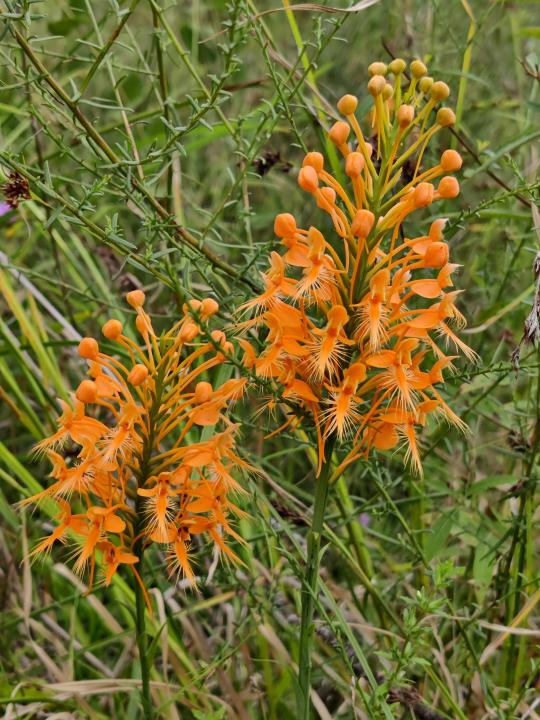
Feast your eyes on the fiery blooms of Platanthera ciliaris, a stunning orchid gracing the U.S. wilderness. Its vibrant orange petals, resembling a burst of miniature flames, bring a touch of wild magic to the green tapestry they rise from.
#Platanthera ciliaris#orchids#wildflowers#nature photography#orange flowers#fiery blooms#wilderness#wild magic#green tapestry#floral beauty#botanical#nature lovers#biodiversity#conservation#eco-awareness
4 notes
·
View notes
Photo

Flowers Drawings Inspiration : Yellow Fringed-orchid: Platanthera ciliaris http://bit.ly/2DsBBxZ
1 note
·
View note
Text

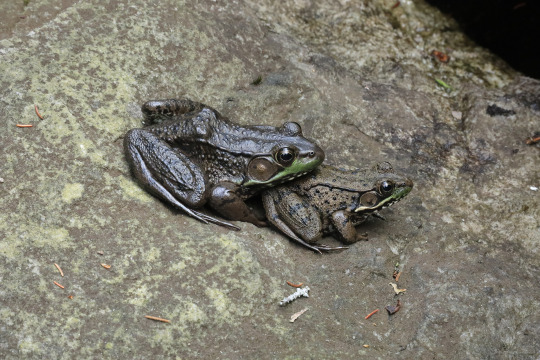
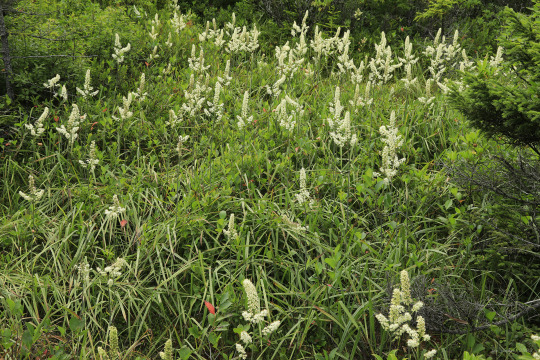
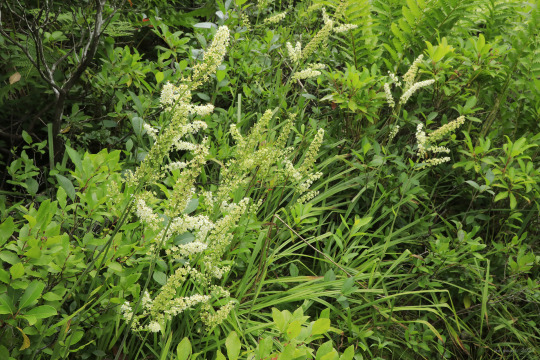

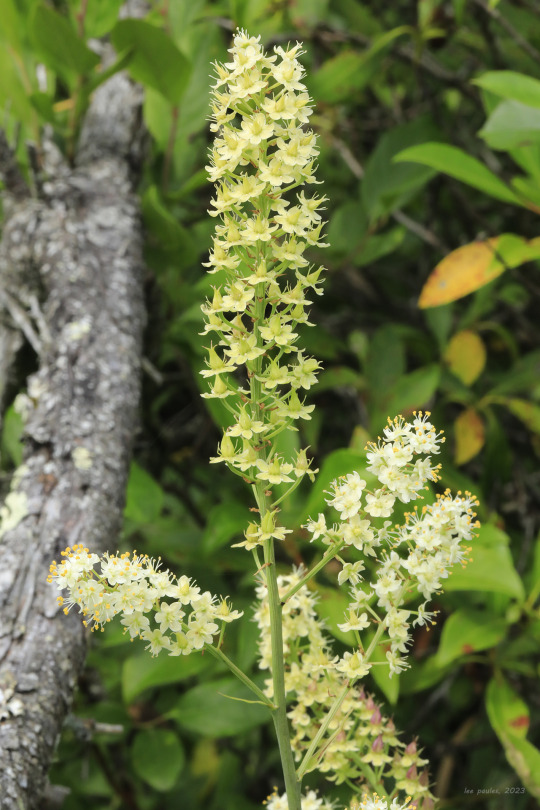

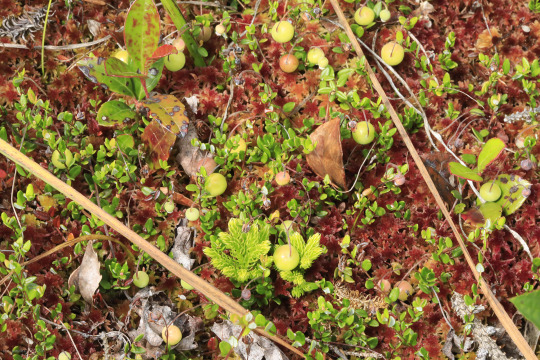


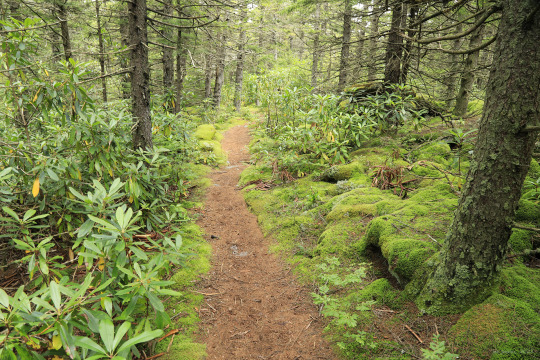


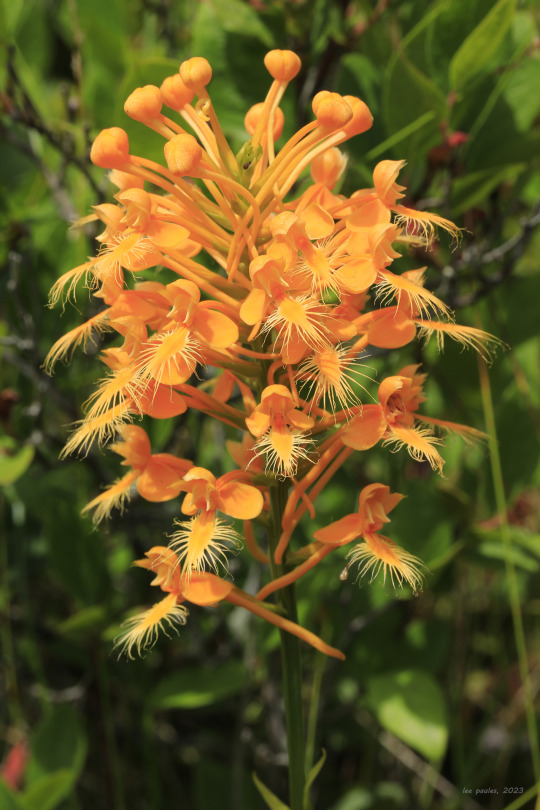

Hazy mid-summer day on the Sods, Part 1.
Photos are from the South Prong Trail, heading towards Roaring Plains. The pine barrens death camas (Stenanthium leimanthoides) growing in the bogs and seeps of the Plains is simply stunning this year. Such a toxic little beauty - death incarnate. Also, the mountain angelica (Angelica triquinata) is getting ready to bloom - I think of this tall, Appalachian endemic as the mid to late summer counterpart of cow parsnip. And how about that fabulous orange-fringed orchid (Platanthera ciliaris), which is just now reaching peak bloom in our high-elevation mountain bogs? The showy perennial is more commonly referred to as yellow-fringed orchid, but I have no clue why; every plant I've found in this neck of the woods has a hue similar to a Sunkist navel orange.
#appalachia#vandalia#west virginia#wildflowers#flora#summer#monongahela national forest#allegheny mountains#roaring plains#dolly sods#amphibian#northern green frog#pine barrens death camas#small green wood orchid#club-spur orchid#small cranberry#round-leaved sundew#roundleaf sundew#dewdrop#false violet#mountain angelica#filmy angelica#orange-fringed orchid#yellow-fringed orchid#bog goldenrod
208 notes
·
View notes
Photo

Platanthera ciliaris (Orange Fringed Bog Orchid). Spectacular via twitter
11 notes
·
View notes
Photo

Platanthera ciliaris, hiding along a recovering sedge meadow somewhere along a section of Tunnel Ridge Road, Red River Gorge, KY.
22 notes
·
View notes